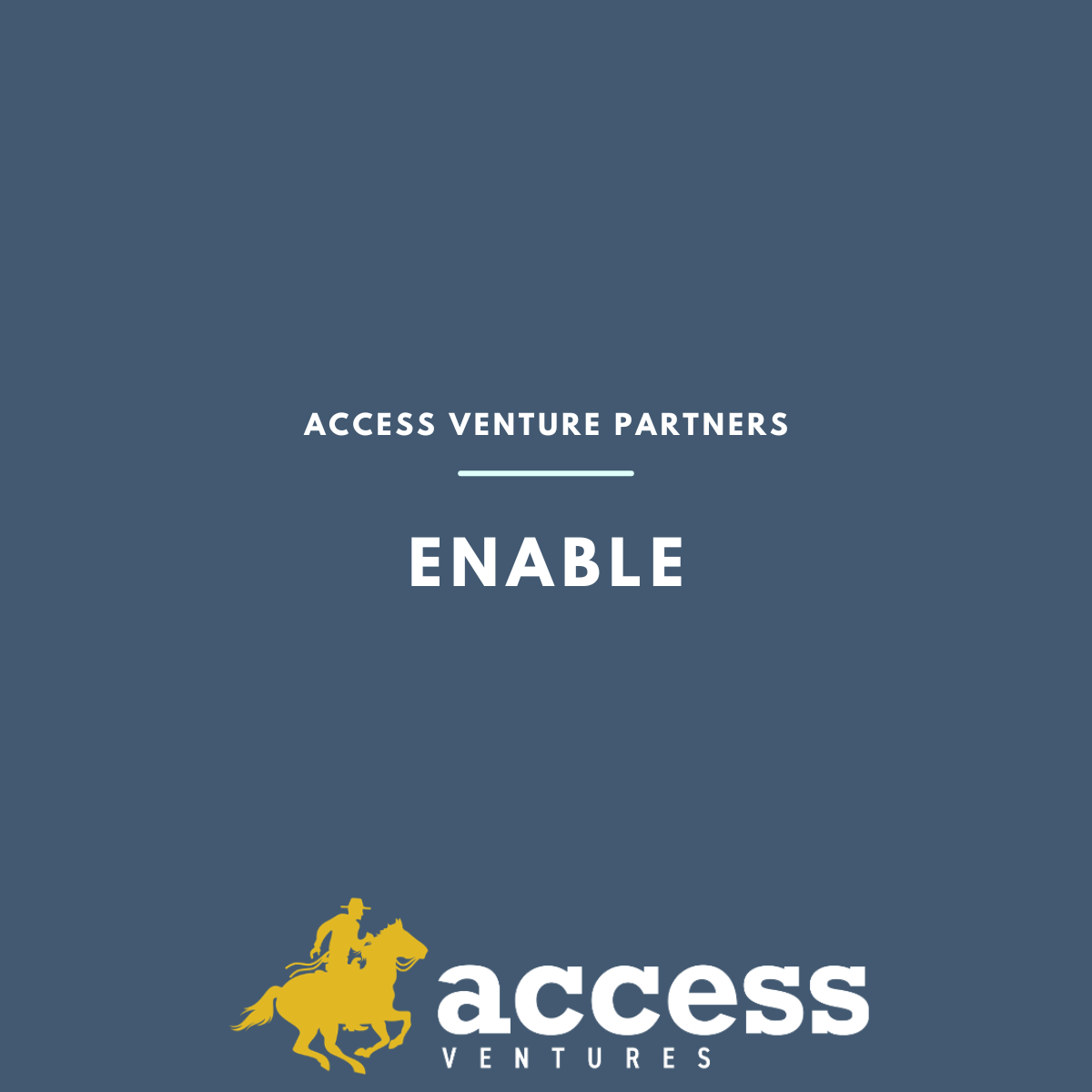By: Alex Houghtalin
Last month, we discussed our “Secure” theme centered around cybersecurity trends given the context of geopolitical unrest and rapid AI advancements. While cybersecurity has been core to our history, identity, and success as a firm since the beginning, we also have deep roots that inform our “Enable” theme.
In 2008, we invested in TrackVia, a no code workflow management platform that “revolutionizes the way real work gets done.” Since then, we’ve made 15 “Enable” investments across three key work tech categories: human resources (e.g., hiring, rewards, culture, training), workforce learning, and collaboration & workflow automation. Half of those investments occurred since 2020 and are still maturing in the portfolio, such as Bonusly (2020), TextUs (2021), and The Regis Company (2023).
We remain bullish on the overall work tech market for several reasons:
- It’s massive – human capital is often the biggest expense for companies. Optimizing hiring, training, and supporting workers significantly impacts productivity and profitability.
- Despite large spend and tool proliferation, major unsolved challenges persist that negatively impact both companies and workers.
- Work tech innovation drives economic growth, creates opportunity, and promotes shared prosperity. Helping people to upskill/reskill, find good paying jobs, and do fulfilling and productive work at the top of their capabilities is one of the most important and impactful areas we can invest in.
Within each of the three Enable categories, we see evolving macro trends and emerging technologies creating disruptive opportunities for startups and in some cases, defining entirely new categories. Below we highlight a few areas of focus this year and will further expand on opportunities in the “Enable” theme in future posts.
Human Resources
AI for more efficient, effective, and human-centric hiring. While talent acquisition (TA) teams downsized during the recent tech pullback, hiring is rebounding. TA leaders are looking to AI as a way to do more with less. New tools are proliferating to automate tasks across the hiring funnel, boosting productivity. However, this also presents challenges – a 2023 Pew study found two-thirds of Americans would not apply if AI was used to make a hiring decision. When investing in this space, we evaluate both short-term ROI (e.g., time savings) and longer-term impacts on candidate experience and retention. We are particularly impressed by approaches that enable personal connection, deepen candidate understanding, and look beyond resumes to identify valuable skills that algorithms may miss. Our portfolio company Wednesday Talent exemplifies this approach of enhancing efficiency while maintaining a personal touch by leveraging AI video to streamline the hiring process and augment, not replace, human decision-making.
Workforce Learning
Personalized learning focused on skills practice. The need for reskilling has accelerated due to increasing task automation, with an estimated 40% of the workforce needing to reskill over the next 3 years. Luckily, AI provides new scalable approaches to address this skills gap. Traditional learning platforms focus on better curation of pre-built content for learners to sift through, consume and then apply on their own. However, emerging AI-driven platforms offer personalized content tailored to individual skill levels and job roles. Importantly, immersive approaches are gaining attention that offer dynamic skills practice, creating realistic scenarios for learners to apply their knowledge. Last year we invested in The Regis Company, a powerful authoring platform for simulation-based skills practice that reduces development time and cost by 10x.
Collaboration & Workflow Automation
Unlocking productivity with domain-specific AI automation. As software permeates our lives, user expectations for workplace technology have risen. Employees demand consumer-grade tools that make their jobs easier, integrate seamlessly across their tools, and address their specific business needs. Vertical SaaS emerged over the past decade as a step forward. Now, a new wave of AI-powered vertical and functional software leverages domain-specific AI alongside workflow automation. This unlocks unprecedented productivity gains, especially for underserved teams and industries that deal with niche workflows (e.g., learning team intake) or messy, unstructured data (e.g., global payroll). For example, we invested in Iris Finance, an AI-powered financial planning and analysis (FP&A) platform tailored to consumer goods companies that have a specific set of data, integrations, metrics and processes (e.g., forecasting inventory) that have not been addressed in generic FP&A tools.
If you’re building a company in this space, or want to chat about the enablement set of tools, reach out to me at Alex at Accessvp dot com.
In next month’s post, we will discuss our “Build” theme before taking a step back in June to look at the thematic strategy as a whole and why we believe in this investment approach.



